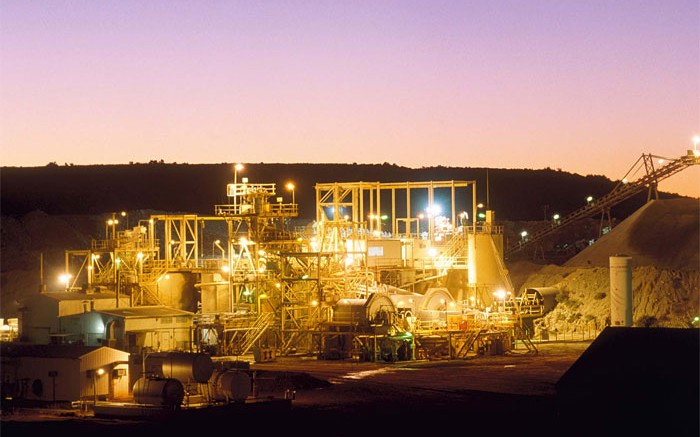VANCOUVER — Australia has become Gold Fields’ (NYSE: GFI; JSE: GFI) most important region, expected to produce 42% of its gold now that the company has closed a deal to buy three mines from Barrick Gold (TSX: ABX; NYSE: ABX).
The three mines are Granny Smith, Lawlers and Darlot, all in Western Australia’s Yilgarn region. Gold Fields already has two operating gold mines in the Yilgarn — the St. Ives and Agnew mines — and as such the company is familiar with the orogenic-style gold mineralization that underpins its new assets.
Gold Fields expects to benefit from operational synergies between its Yilgarn mines. For example, Lawlers is right beside Agnew, and the company plans to consolidate the two operations immediately.
Granny Smith, Lawlers and Darlot collectively produced 452,000 oz. gold last year at an all-in sustaining cost of US$1,137 per oz. Production slowed slightly over the first half, totalling 196,000 oz.
The new assets are expected to add 400,000 oz. to Gold Fields’ annual gold output, at an average cost below the company’s other operations.
Gold Fields’ St. Ives and Agnew mines produced 627,000 oz. gold last year. The added ounces from Granny Smith, Lawlers and Darlot will push Australia to the top of Gold Fields’ list of producing regions, besting Ghana, where the company’s Tarkwa and Damang mines churned out 885,000 oz. in 2012.
The sale was billed as a US$300-million deal, but adjustments related to working capital, mine capital and employee entitlement brought the actual purchase price down to US$270 million. Gold Fields elected to pay half in cash and half in shares, which means Barrick took ownership of 28.7 million Gold Fields shares.
For Barrick, divesting the Yilgarn South assets — as the three mines are known — is part of the company’s effort to streamline its portfolio and focus on operations and opportunities with the lowest costs and highest returns. Without the Yilgarn mines, Barrick still expects to produce 7.4 million oz. gold in 2013, at an average all-in sustaining cost of US$900 to US$975 per oz.


Be the first to comment on "Gold Fields buys three Barrick mines in the Yilgarn"